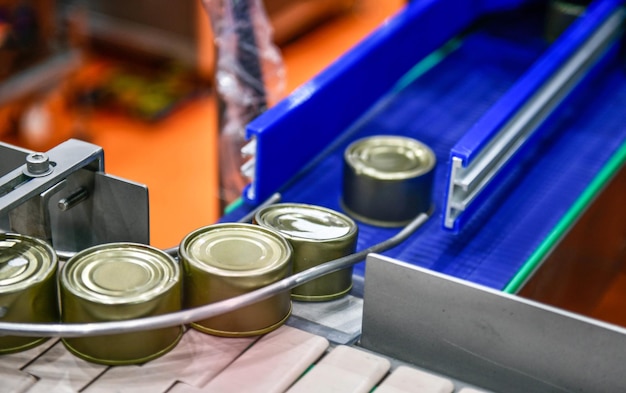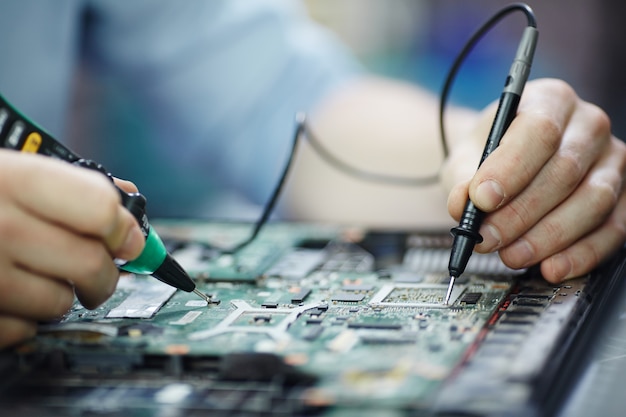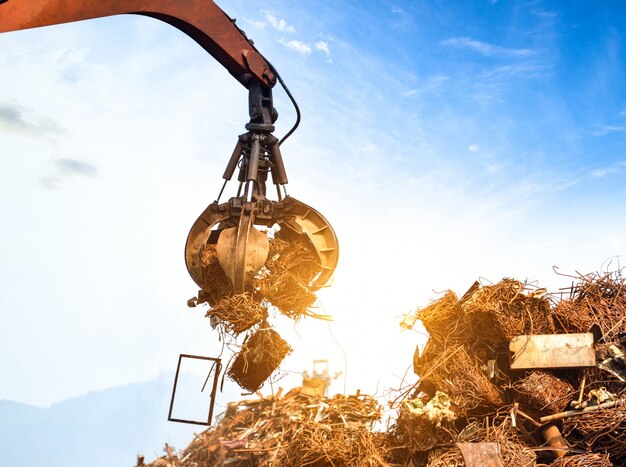Top 13 Cobot Applications You Should Know
A cobot is a robotic arm that replaces human laborers in various industries.
As more manufacturing processes become automated, cobots are replacing humans in tasks ranging from assembly lines to food preparation. This post will discuss ten examples of cobot applications.
The robotics market has seen exponential growth over the years. The demand for these robots is driven by increasing automation and cost reduction associated with manual labor.
According to Statista, the global market size gor robots is expected to reach $165bn by 2028. Cobots appear in many sectors, including manufacturing, logistics, healthcare, transportation, security, and engineering. These programs allow businesses to reduce operating costs and improve efficiency.
They can automate repetitive tasks, improve customer service, and save labor expenses. Here are some most common cobot applications used today.
1. Automating assembly lines
Cobots’ ability to move and maneuver through tight spaces makes them ideal for assembling products. There are several ways to use this cobot application to automate the assembly line process.
One method involves using a robot arm with a gripper to pick parts from the production line and place them into the final product.
Another way uses a conveyor belt system to bring parts to the robot arm. Thus, the assembly process becomes safer and easier while maintaining consistent quality.
2. Welding
Cobots can handle repetitive tasks that humans find difficult. Cobot welding machines have been around for decades now.
They weld together sections of metal sheeting from different devices. They do this by heating the metal and using pressure to bond them.
As mentioned, a cobot can perform this task several times per minute, depending on the project size. Many of these tasks need precision and accuracy, making them perfect choices for cobot applications.
3. Quality control
Quality control is a procedure performed during the production phase of any product. As such, cobots come with various sensors that capture images of a created product. The captured image then undergoes analysis using software tools.
The program can then detect any defects or imperfections in the parts. Once identified, these flaws can be corrected either manually or mechanically.
This procedure ensures products meet quality standards and specifications while maintaining high productivity levels.
4. Grinding
Because cobots can grind an array of materials into fine powders, they make great tools for grinding coffee beans, spices, and even paint.
Thus, they have become an essential part of the food industry. Cobots can use their motors and other devices to create various products, including baking ingredients, sauces, seasonings, ice cream bases, confectionaries, beverages, snacks, and nutritional supplements.
5. Cleaning
Cleaning involves a lot of scrubbing, stirring, and mixing. In manufacturing processes, cobot arms help manufacturers clean large areas quickly.
Their strong suction cups allow them to pick things up and put them down without damaging items. With their ability to perform many functions simultaneously, cobot arms are the perfect addition to industrial cleaning operations.
6. Packaging
Packaging firms have widely incorporated cobots into their production process, especially in bottle filling lines.
For example, it can take one to eight hours for a worker to package a single item, leading to slow production rates and a lack of efficiency. But a cobot can complete this task in less than 15 minutes.
Also, cobots can automatically repeat the same job at regular intervals, depending on their programming.
7. Sorting parts
Sorting items can often turn into a tedious task if done manually. But, using a cobot eliminates workers’ need to sort products manually.
As such, various industries have used cobots to sort things from one pile to another. They are perfect for this job because they work tirelessly and can move items that would otherwise require human input.
If your company has many materials to sort, you may need a robot to handle them with no issues.
8. Filling
Usually, the filing process takes place by hand. That means it may take days before all your orders arrive at your company. In that case, cobots can help employees fill their products fast and efficiently.
They use various sensors to detect where items must ?transport them into the desired position. The robot places the item in the correct bin when everything is ready.
9. Repairing circuit boards
Many manufacturing processes have circuits, the information that makes a device work. If those circuits aren’t working correctly, the entire machine will not function.
Cobot programming has advanced in recent years. Robotic technology allows programs to be created for each type of circuit board.
10. Painting
Any painting work needs accuracy. That?s why you need cobots that use rollers, sprayers, and paintbrushes to paint accurately, roll coat, and apply a primer for painting jobs.
These machines can also mix colors while applying different coats. This allows them to finish projects faster than human painters, who might need to spend several hours mixing paints.
11. Scrap metal recycling
Scrap metal recycling task requires no human intervention but a lot of hard work. Cobots have helped with separating metals from scrap metal, either through magnetic attraction or by using magnets. Besides, they can pick up small objects that may not ?fit into vehicles.
12. Sanding and polishing
If you have ever tried sanding and polishing your furniture by hand, then you know how strenuous this task can be. But cobots make this job much more manageable than humans would ever attempt.
Since they don’t have human hands, they can move across workplaces without worrying about getting their fingers caught or injured. They can also move at greater speeds than people could achieve alone.
13. Machine tending
Cobots can automatically load and unload parts in bending or milling machines. The process happens in three stages. First is routing, where each material passes through the machine. The second is cleaning debris that might have fallen during routing.
Finally, the product is cut into the desired size. The ?end product will look aesthetically pleasing. Remember that anything left behind can clog the cobot’s conveyor line and cause downtime.
Unlike humans, cobots don’t get sick, tired, or stressed. That’s why they can perform repetitive jobs. Soon, robots will handle complex tasks without human intervention. Already, several major technology firms are developing autonomous vehicles and drones.
Addtionals:



































